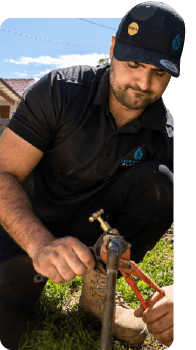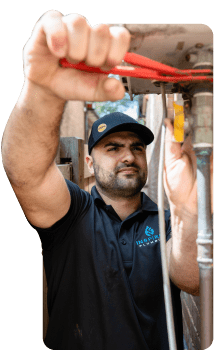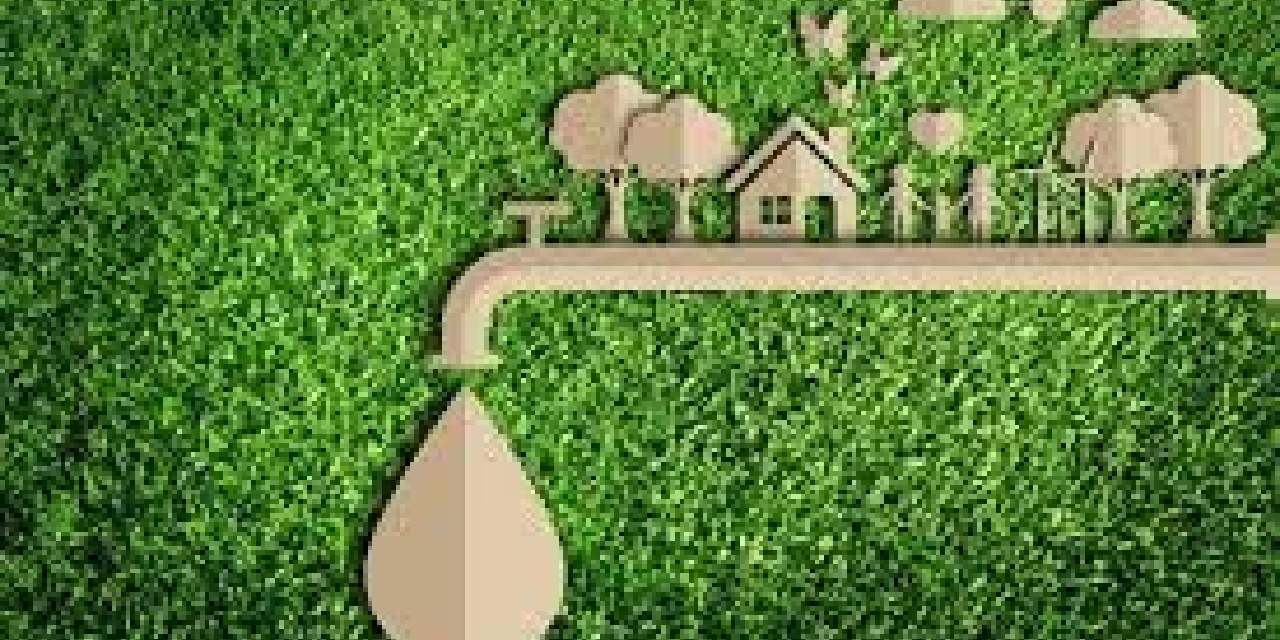we're open

Book now
Click to book a plumber
02 9158 3565
24/7 emergency service
Click here for
a free quote
a free quote






The term "eco-friendly plumbing" refers to a collection of methods, tools, and supplies used to reduce water use through the application of sustainable improvements. Homeowners have the opportunity to lessen the environment's harmful chaos by using green plumbing.
When you use less water, you require less electricity to request water from the public grid for residential or commercial properties. Choosing pipes, nontoxic fixtures, and equipment all contribute to increasing sustainability.
Green plumbing works to slow down pollutants, reduce glasshouse gas emissions, and limit the usage of fossil fuels, all of which slow down climate change and avert potential global catastrophe.
Although most people take it for granted, water is a crucial resource that we should use carefully.
Water is evolving into a valuable asset due to rising water use and maintenance expenses as a result of population growth and climate change. The best way to effect change and join the zero waste movement is to use sustainable plumbing methods and make piping adjustments.
Reduced water use helps protect wetlands and natural resources, ensuring that municipal areas as a whole have access to enough water for daily needs. Being sustainable doesn't cost a fortune and won't disrupt your everyday schedule.
Green plumbing's environmental and sustainable advantages include:

The average family uses 30% or less water on toilets out of all home equipment. Flushing using a low-flow, highly efficient toilet uses less water. Newer models have the same level of performance while using as little as 5 litres per flush.
By investing in inefficient and sustainable models, the typical Australian household may save up to 50,000 litres of water and around $130 off their annual water cost.
Between 10–20 litres and more than is necessary are often dispensed by standard taps. Similar to this, a typical faucet uses about 8 litres of water per minute, as compared to high-efficiency faucets that can lower home water use by 30% to 80%.
By purchasing eco-friendly faucets, a family of four can save up to $250 on water and electricity expenditures. Find out more about the many bathroom fixtures and extras, including aerators, pull-down or pull-out faucets, laundry fixtures, shower screens, and more.
Toilet flushing accounts for about 30% of the daily water used by households, which is a sufficient quantity of water use. Modern, sustainable, and eco-friendly technologies like composting and waterless WCs produce fertiliser rather than garbage.
There are other eco-friendly solutions such as low-flow showerheads, greywater plumbing systems, rainwater harvesting, rainwater toilets and so on. All of the aforementioned improvements don't have to be made at once. Start out small by locating a qualified and skilled plumber to upgrade one or two things at a time until you go as green as you can. Being sustainable will help you save money on utilities while preserving the quality and safety of the world's natural water resources for future generations.We are open 24/7 to attend all your plumbing needs. Contact us for eco-friendly plumbing solutions.




